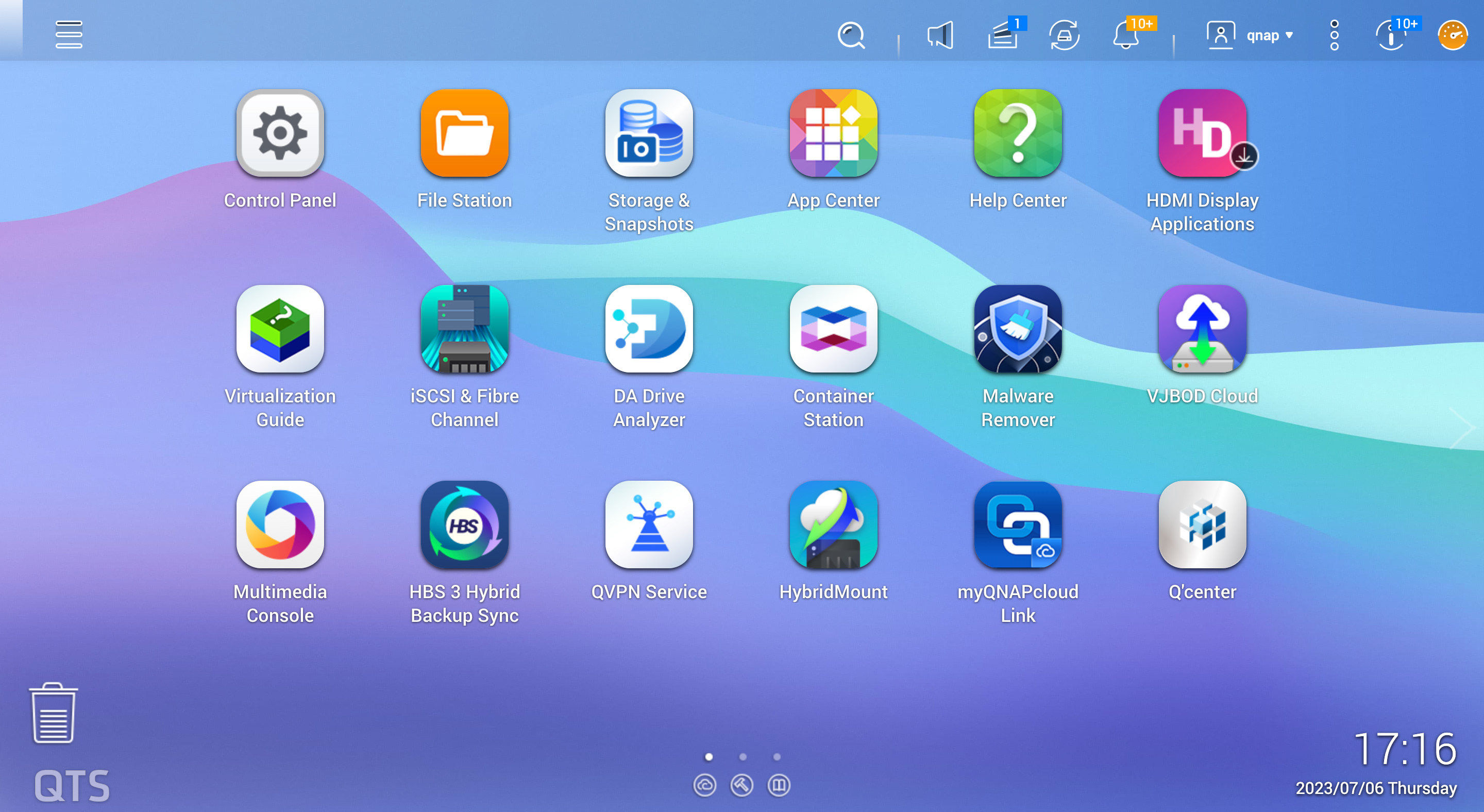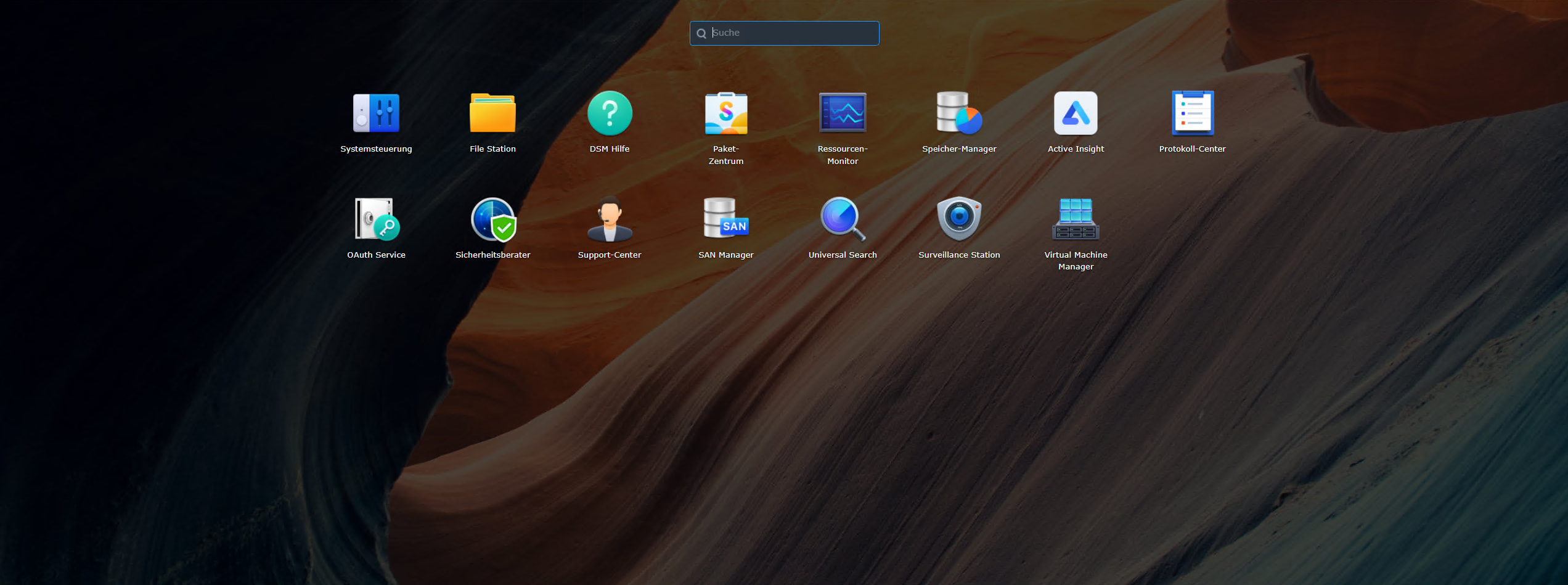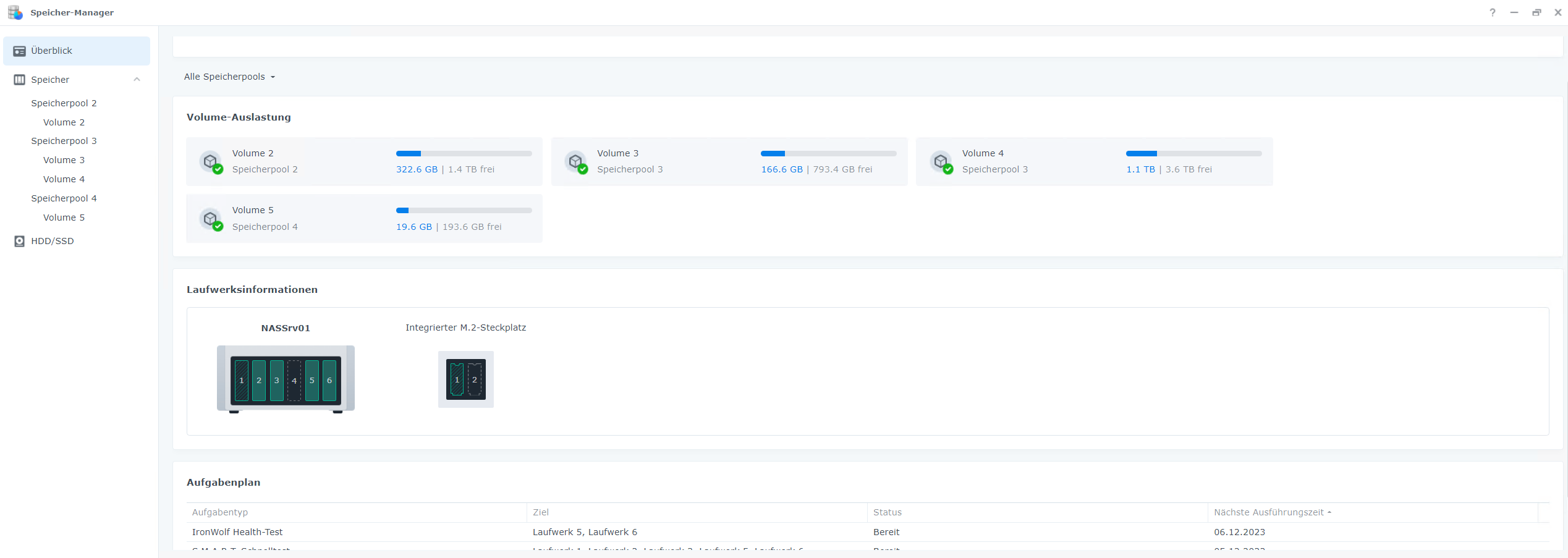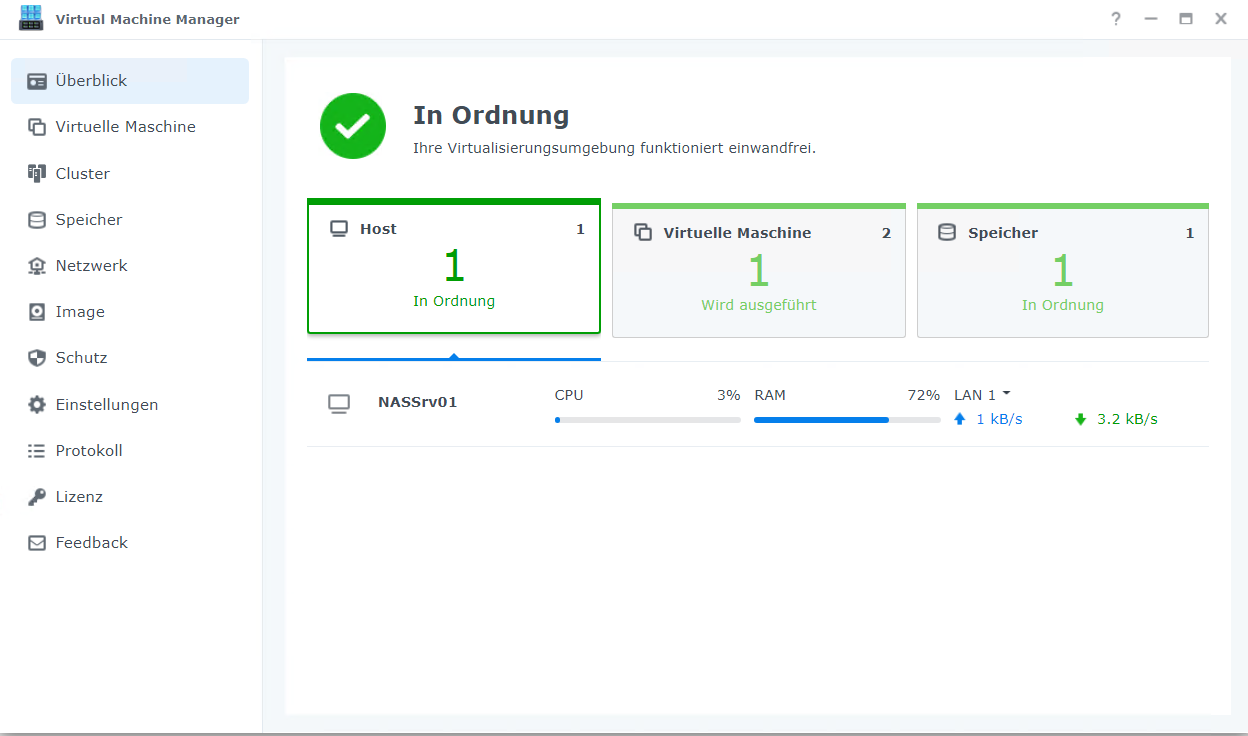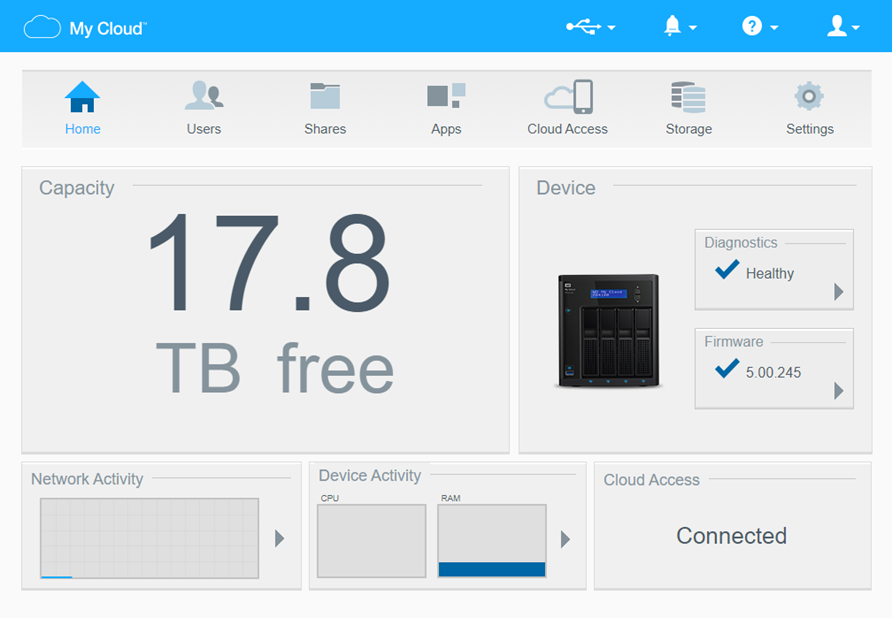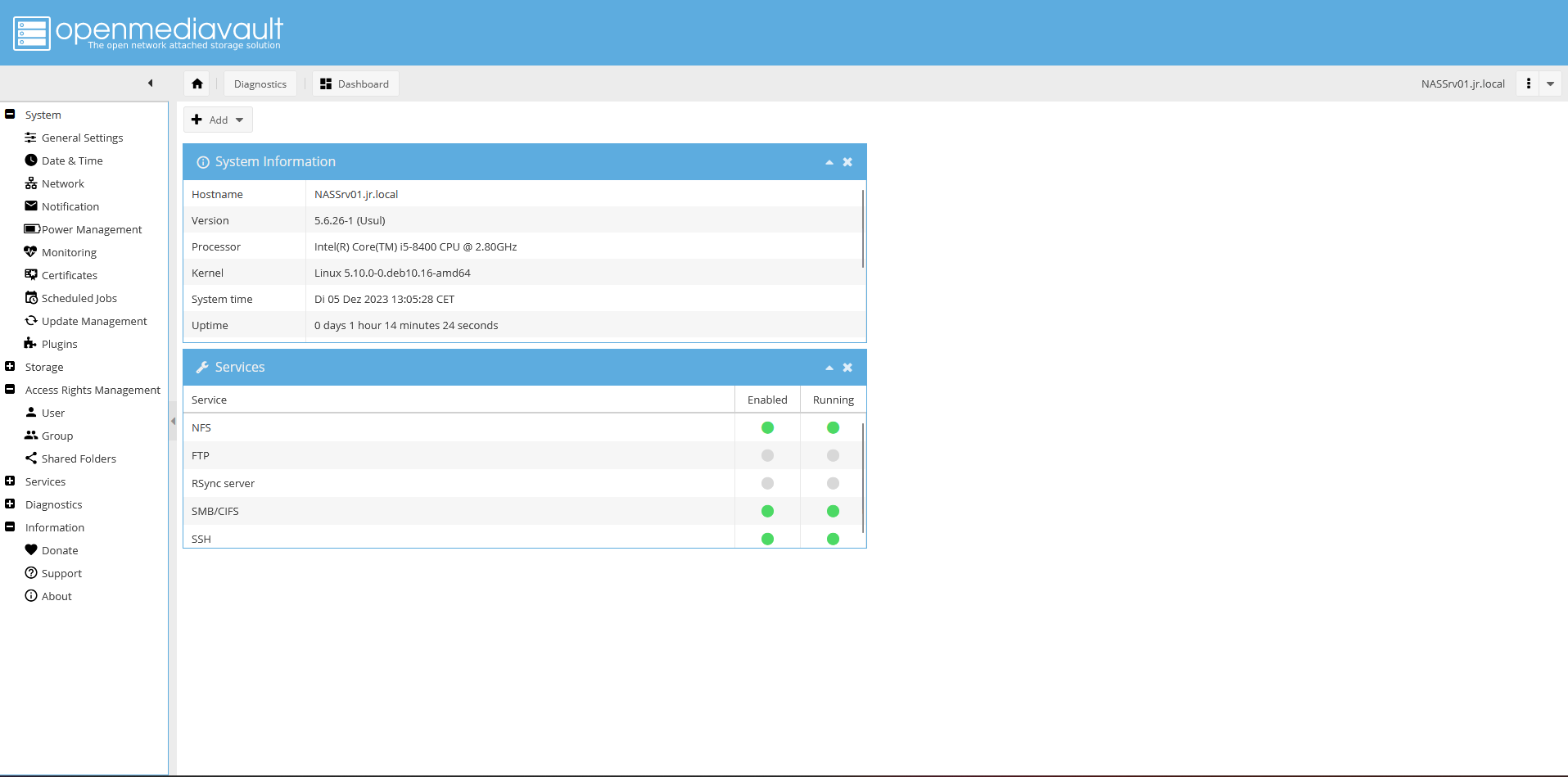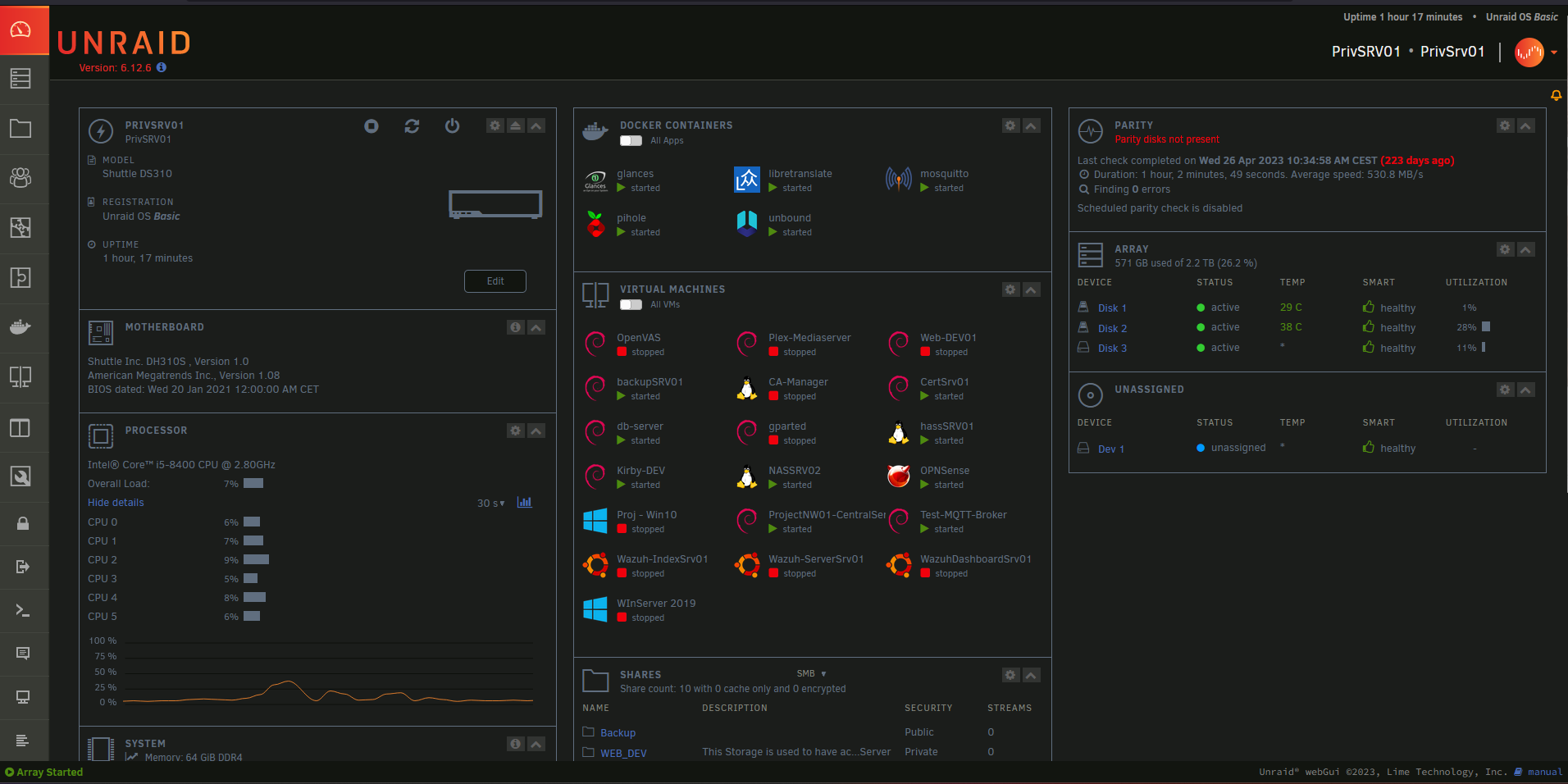NAS products - A small consultation
Introduction
What is a NAS?
A Network Attached Storage (NAS) system is usually an independent hardware unit that is specifically used for central storage and shared access to files via a network. Essentially, this is a dedicated file server that is able to host multiple disks and access network protocols such as SMB or NFS at file level. NAS systems offer functions such as data sharing, automatic backup, media server, remote access and can be available in different sizes and configurations for home or business use. Easy integration into the network allows NAS systems to share files, central access to data and serve as a reliable storage solution for different applications.
Many manufacturers (at least in the private sector) have now also developed into multi-practice systems. As an example, you could take Synology. Here you can also host virtual machines, create camera servers and more. It is no longer possible to talk about a classic NAS, but rather about a multi-system or home server, although the name NAS is still suitable.
Main part
A short presentation
This section shows what this post is about - this is a small fraction and far from complete, as the NAS field is simply too large and extensive to summarize it in a post. It wouldn't be fair to most systems either.
It is important to note that this contribution does not focus on the respective products, but rather on the genus or maximum on the respective manufacturer system. I also consider this limitation to be able to introduce more systems without having to write a separate book.
Viewed categories
Hardware NAS systems
To avoid misunderstandings, I briefly explain each category. Hardware NAS means "complete systems" which can bring everything together. That means everything from case to CPU is there. There is also a web interface or other management interface and the systems are dedicated to providing them in the network.
- Established NAS systems (e.g. Synthesis, Western Digital, TerraMaster or QNAP)
- Future systems Cube, Storaxa)
Memory systems without network connection
I only take this category with me, so that the overview for the private consumer is more sensible. Many do not need a network connection if only a few data are to be saved from the PC. This category is used for this.
Systems in this area are not a NAS (Network Attached Storage) but are usually connected via USB/Thunderbolt. As a result, higher transfer rates may be achieved, but the systems are not automatically accessible to all homes. None of the systems have their own CPU or memory. Precisely a web interface is provided. Instead, the configuration is realized, for example, via DIP switches (small switches on the circuit board).
- Established systems (e.g. Western Digital)
- Unknown systems (e.g. UGreen)
Software NAS systems
The last category is aimed more at craftsmen or enthusiasts. This category includes "only" operating systems. You have to control everything else. Accordingly, you must either assemble the hardware yourself or purchase corresponding hardware.
Hardware NAS systems
First of all, I'd like to go to the circus. As already written above, I will mention only the most important or special features here. The basic things can be any system to call itself NAS. The main difference is now only branding and possibly a few functionalities.
The " Established" / classic NAS systems
I do not want to give a product recommendation here knowingly, as this should not be product advice, but a decision-making aid, what kind of NAS you should get or how you can approach the topic NAS.
Synology is probably the largest provider of established systems. In addition to the normal NAS functions, you can do an extremely different job here. From the installation of various apps, such as camera servers, VPN, etc., you can also create complete own virtual machines and even mirror them to other NAS systems and thus design them reliably.
The direct competitor Western Digital is not so far or does not have the desire to make this so great. With MyCLoudOS (the operating system of WesternDigital), so-called Apps are installed. However, this feature is far from as profound as Synology.
You should get such a NAS system if you want a simple all-in-one solution. The systems work out of the box, but usually cost a lot of money. Just looking towards Synology and consorts. There are already new projects on Kickstarter, such as the ZimaCube or Storaxa. However, these are not yet on the market or are before the introduction. The greatest disadvantage of these systems is in principle the limited power or that is bound to the specifications of the manufacturer. This does not apply so much to the ZimaCube, which comes from the ziemloch Potent.
Memory systems without network connection
Memory systems without network connection are not NAS systems! - however, these systems are often sufficient for private use.
Unlike the first category, these systems are connected via USB and are not networkable for the first time. This means that they can only be used by the respective connected device.
The advantage of this system is simplicity. In the end, this is not much more than a hard drive cage, with a software. These systems can also run in the RAID (reflecting the data to another hard drive to store or strip the data in a fail-safe manner in order to achieve better performance (in my opinion, only the first one is really useful).
These devices cannot store more than data, which should of course be clear :).
Such systems are useful if you only want to secure your data, but otherwise do not have any need to access the data on the go, for example, or to make the data available to others throughout (24/7). Of course, you can use another computer and create a release, but in such cases a NAS is usually more sensible.
A disadvantage of such systems is the availability (here the selection is not quite as large), also the adaptability. There are systems such as UGreen 2, which has interchangeable plates, but there are also some systems where the data carriers cannot simply be exchanged, or a RAID is not possible. Here you should see that you buy a proper system.
Software NAS / own construction
Recently there are still the own systems or the software projects. Here you bring the hardware and only install the operating system. I currently use as an example UnRAID, but had already used TrueNAS and OMV.
These systems are suitable if you want to work with such systems yourself or know how to set them up to save money. There are theoretically infinite freedoms, since the systems can also be modified by themselves.
The range of systems is just as large here as in classic purchasing systems. For example, OpenMediaVault is the most "just" NAS. Some plugins can be installed to have an antivirus program, for example, but that was it. OMV is a rather old project, but runs extremely stable. I still have a system that can't easily run into UnRAID (UnRAID hostes the OMV machine) and it has been running for 5 years without complaints.
There are also larger systems, such as TrueNAS or UnRAID. Here we are in the same range as in Synology. The NAS is almost a feature, as you can also create and run Docker containers or VMs. At UnRAID there is an example of a rubbish community store that is installed by plugin. You can install and run everything from DNS server, DHCP server to Minecraft Gameserver. For example, LibreTranslate is hosted as a Docker container in UnRAID and automatically translates this blog via Custom Program.
The advantage of these projects is that they are sometimes free of charge and accordingly, with enough unused parts at home, you could build a NAS completely free of charge. Furthermore, there is potentially absolute freedom here, as it is always only a Linux system at the end.
However, it is clear that these systems do work as a disadvantage. Here you have to take care of everything yourself. Each of these projects has great and helpful communities
Summary
Finally, I would like to summarize the sentences again and give you an approach to how you could decide. As mentioned, I did not give a profound insight and that is not intention. Finally, you have to deal with the right type of NAS to find the right one for you.
I could also give you recommendations, but there are too many applications and requirements for such a system, which is why I only give you the greatest outline possible.
So let's get together:
1. You should buy an All-In-One system if it is easy to work and you might want a few additional features, as well as a 24/7 operation. You may even want to have several devices working in parallel. This is your way-to-go now. Look at how much power you need and what a memory configuration that is smart for you. This is where JBOD or RAID ends. There are also manufacturer implementations, but these make the same in slightly different form. Look what you need. Furthermore, you will pay attention to the connection. Would you like to combine several ports in a trunk? - Would you like to run other systems - VMs or Docker Container? Look at the extras you want and decide.
Two. Memory systems without network connection are the best choice for you if you don't need 24/7 access to the data, but just occasionally want to secure your data. Especially if you do not want to provide your own services. RAID etc. you can still use as long as you want it - but you should buy a correct system that also supports RAID.
3. The self-construction NAS is ideal for you if you either want to build and tumble or your requirements are more specific. You need a lot of RAM? - Then the systems from the 1st group may not be optimal for you. Build it yourself - You are not only cheaper than buying all-in-one, but also more powerful. Fast RAM, or graphics card, all no problem. You can then choose the software. Do you want a free operating system like TrueNAS? or do you also approve a payment solution, as with UnRAID?. Therefore, you should choose the self-building NAS if you know what you want and implement your requirements as accurately as possible.
This post can't tell you much more from here. From now on, you need to see what direction you want to go and use other literature. Maybe my blog also has some information for you in stock ;).
Back…
